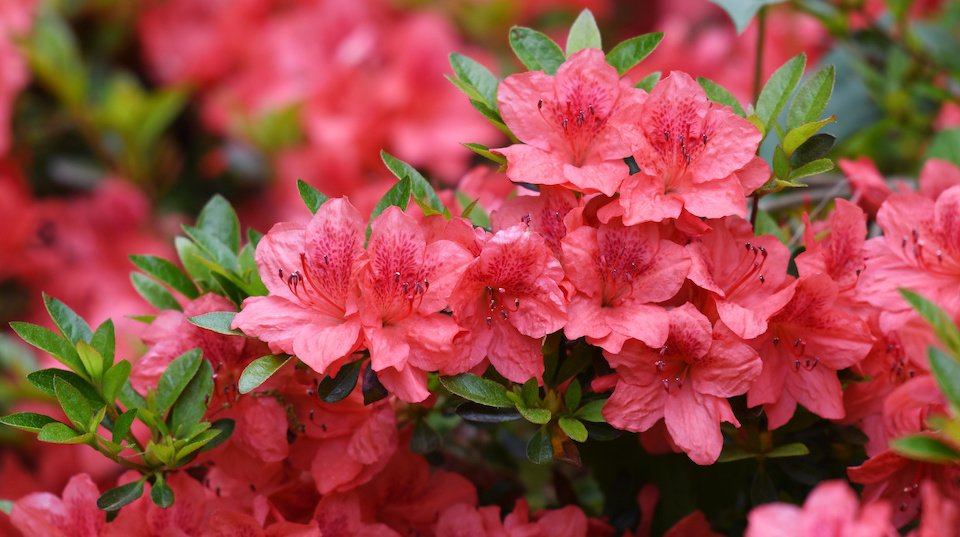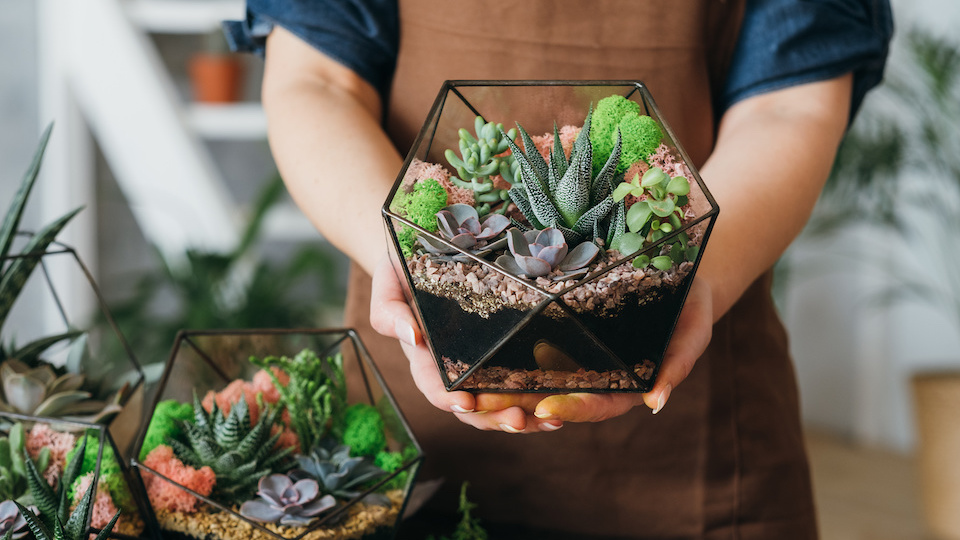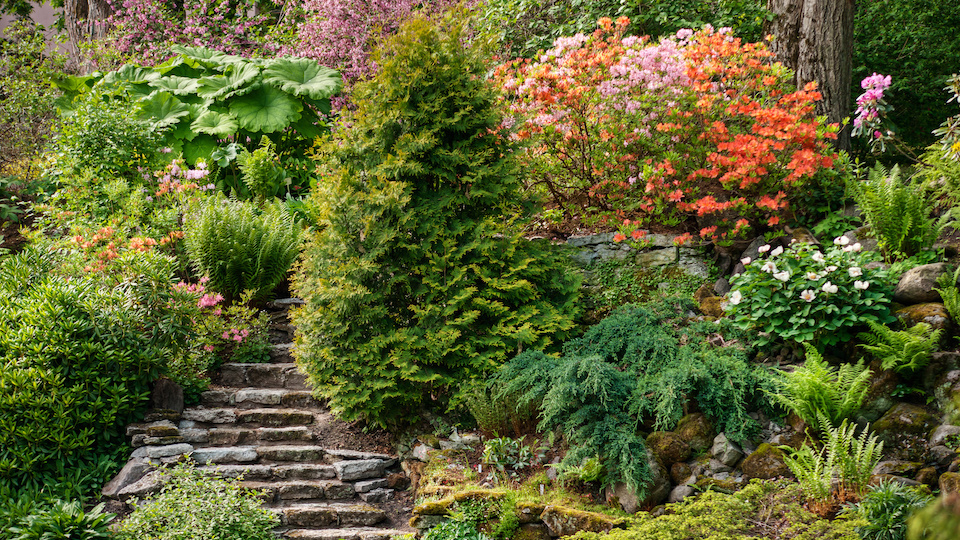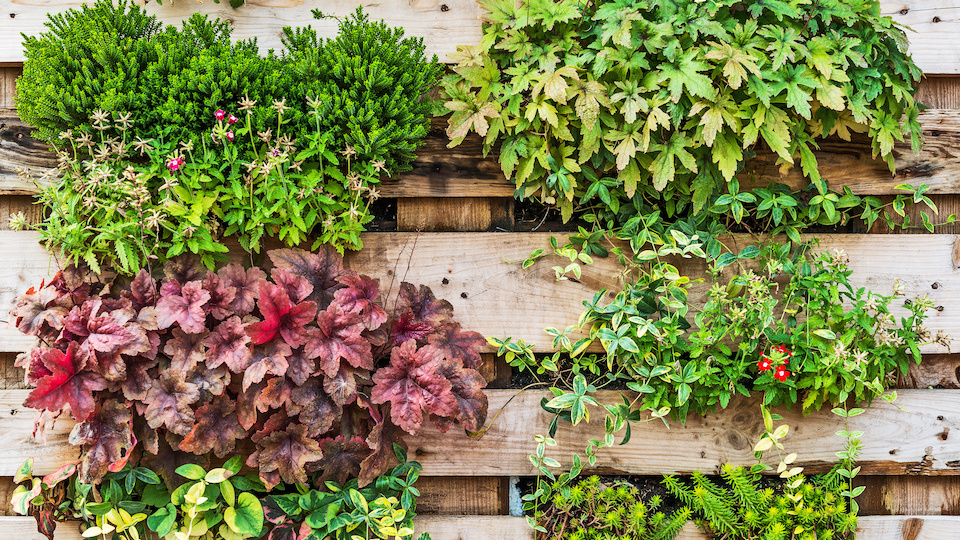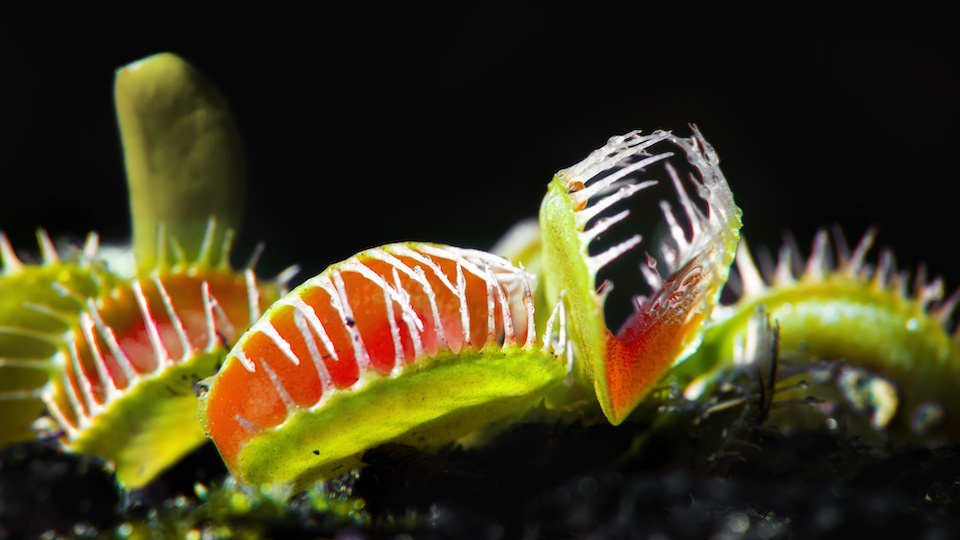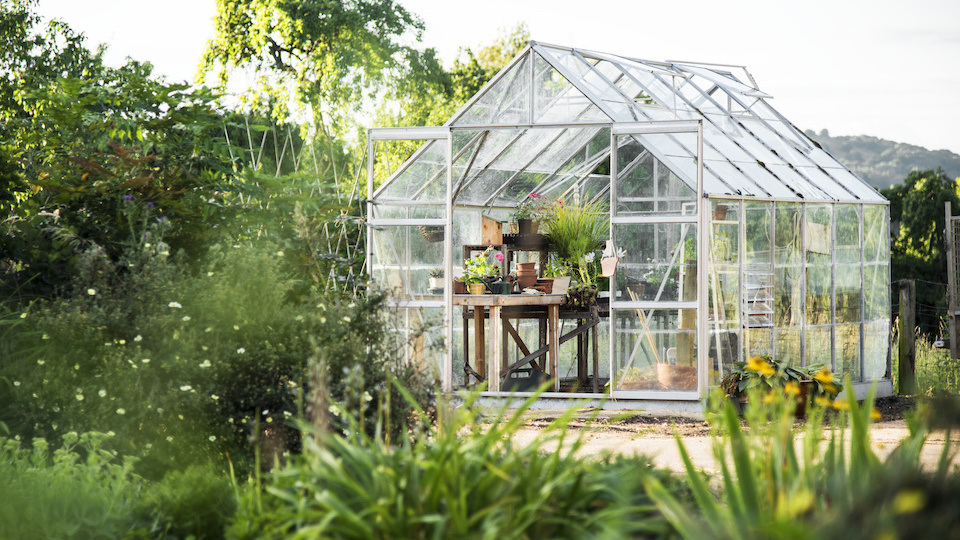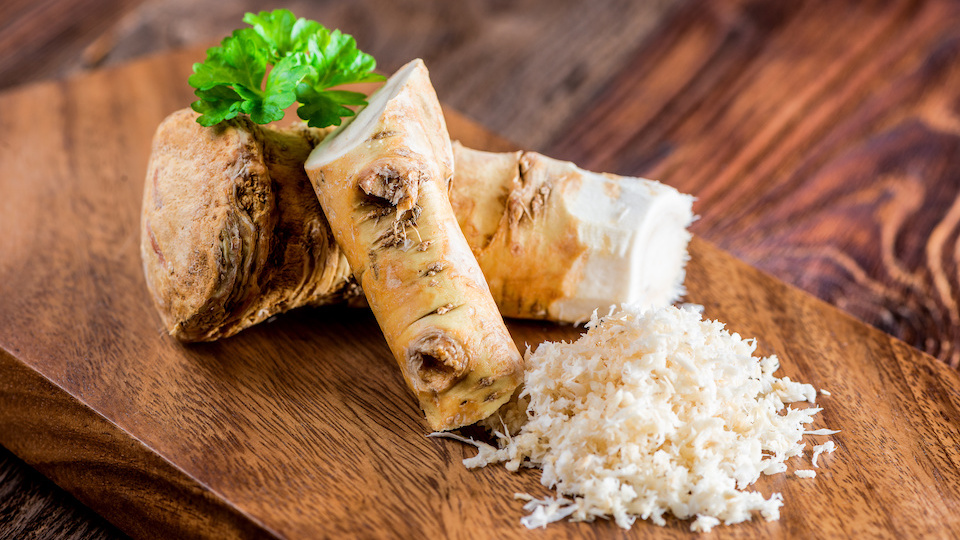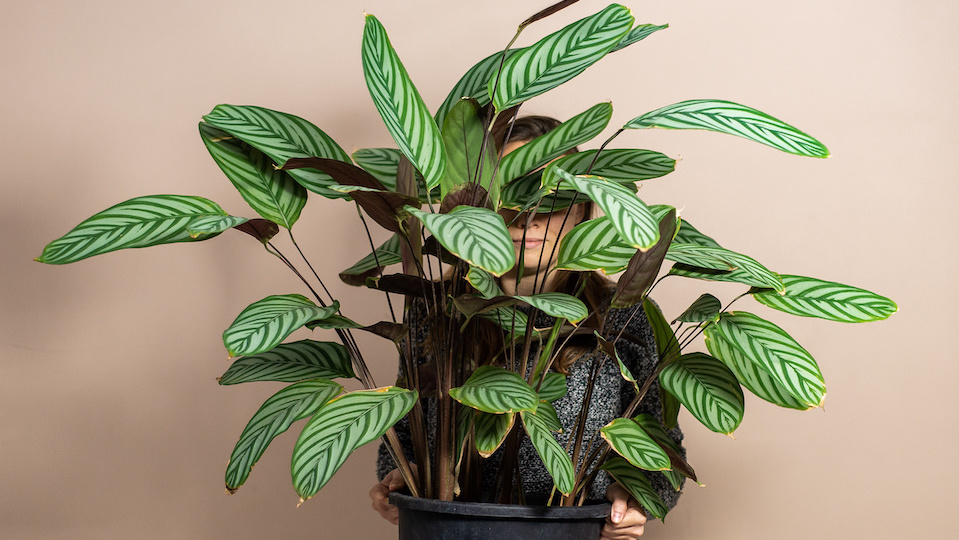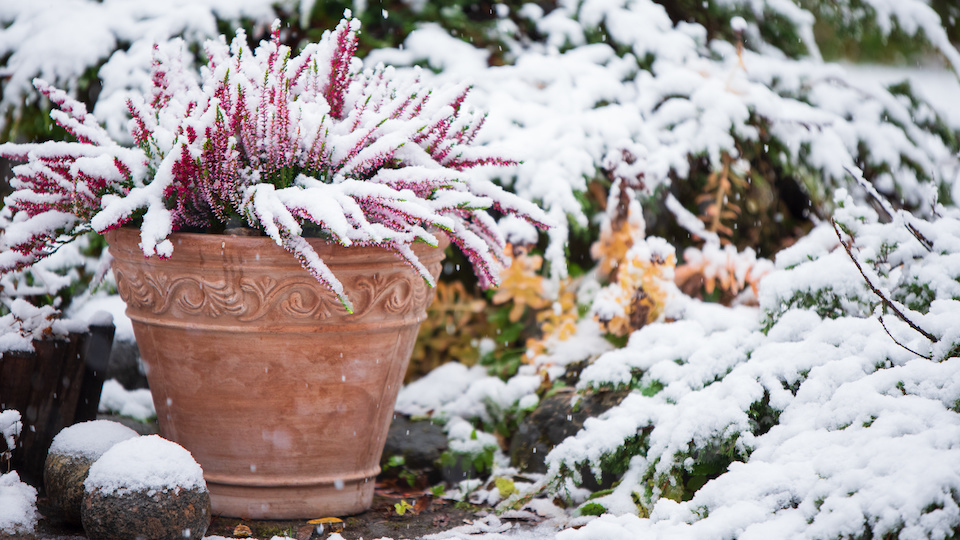Tips for Using Live Evergreen in Your Home This Christmas
There’s nothing quite like a wreath, swag, or other arrangement made with fresh evergreen to truly help get you in the Christmas spirit. In fact, even the act of cutting down the prettiest greenery and arranging it with the rest of your Christmas decor will have you whistling your favorite Christmas song and lingering by your mantle to catch a whiff of the sweet, pine scent of live evergreen. But how exactly can you keep this fresh greenery from drying out and turning brown in just a few short weeks? And how can you decorate effectively with this classic Christmas element? Read on to find out our top tips for using live evergreen in your home this Christmas.



